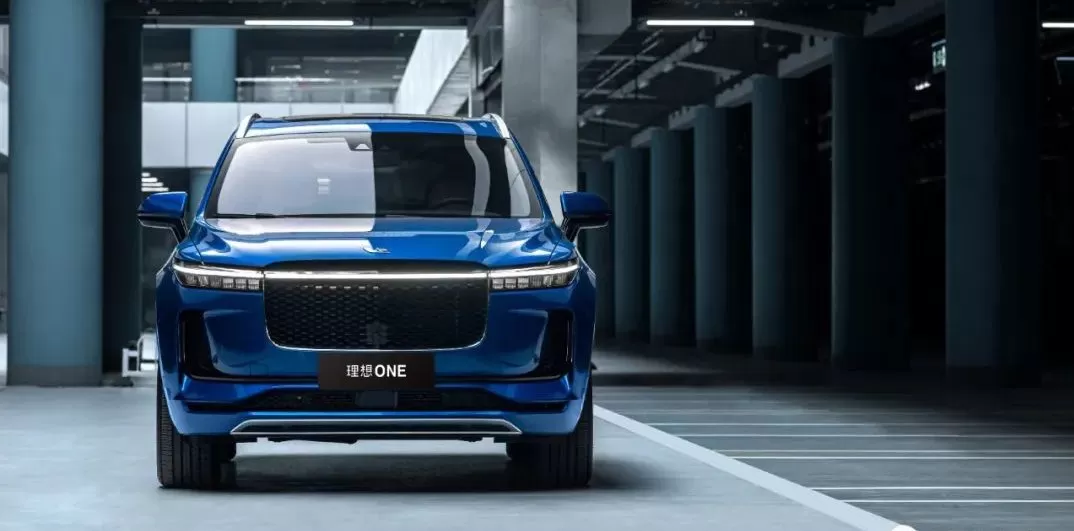As the year-end approaches, automakers are entering the hot phase of boosting their year-end sales, with discount promotions and other incentives in full swing, hoping to achieve a perfect sales finish for 2022. However, for NIO, the end of 2022 does not seem to be progressing smoothly. On December 27. the company announced that it would lower its Q4 2022 delivery forecast to 38.500-39.500 vehicles. As a result, NIO's U.S. shares dropped more than 8%, and its Hong Kong shares fell more than 10% by the time of the announcement.

Based on the delivery figures for October (10.000 vehicles) and November (14.200 vehicles), NIO would need to deliver 14.300-15.300 new cars in December to meet the target. Compared to the previous Q4 delivery guidance of 43.000-48.000 vehicles, the expected December delivery volume has decreased by 10-18%.
NIO's official explanation for the decline in December sales is the ongoing challenges in delivery and production due to the pandemic, as well as certain supply chain constraints.

In fact, since the beginning of Q4. NIO has been frequently troubled by production capacity issues. In October, NIO's two factories in Hefei faced a production halt crisis, resulting in a loss of at least 2.000-3.000 units in production capacity, with the Hefei F2 factory, which focuses on the production of the new ET5. being particularly affected.
By December, the ET5 production capacity had just met expectations, but external factors such as the pandemic and supply chain issues again caused short-term fluctuations in production capacity.
According to the latest delivery expectations, if December can maintain a level comparable to November, it would be quite an achievement for NIO.
Meanwhile, in the first 11 months of this year, Nezha Automobile's cumulative sales have exceeded 140.000 vehicles. With November's delivery performance of 15.000 vehicles, December could push the annual delivery volume to the 160.000-vehicle mark. Li Auto's deliveries in the first 11 months have also surpassed 110.000 vehicles, and with an optimistic forecast of over 20.000 vehicles in December, the annual delivery volume could reach the 130.000-vehicle mark. Although XPeng Motors has seen continuous low sales in recent months, its delivery performance of 109.000 vehicles in the first 11 months still poses a threat to NIO.
The once-dominant "NIO, XPeng, and Li Auto" alliance is quietly changing, with the second echelon led by Nezha striving to catch up. Not to mention BYD, which has fully banned gasoline cars, and GAC Aion, which consistently sells over 30.000 vehicles a month. Traditional automakers are also in hot pursuit. NIO, which has lost its crown as the delivery volume champion among new forces, is facing unprecedented competitive pressure.
Despite facing a production crisis at the end of 2022. NIO remains hopeful for 2023. With the transition to the NIO 2.0 platform (NT2.0) and further release of new car sales, the company aims to achieve an annual delivery volume of 200.000 vehicles in 2023.
Overall, NIO has reached its annual delivery target of 100.000 vehicles a year later than expected. As it stands at the threshold of a 200.000-vehicle annual outlook, NIO also carries the expectation of breaking even in Q4 2023. To fulfill these ambitions, NIO will need to continue working hard.






